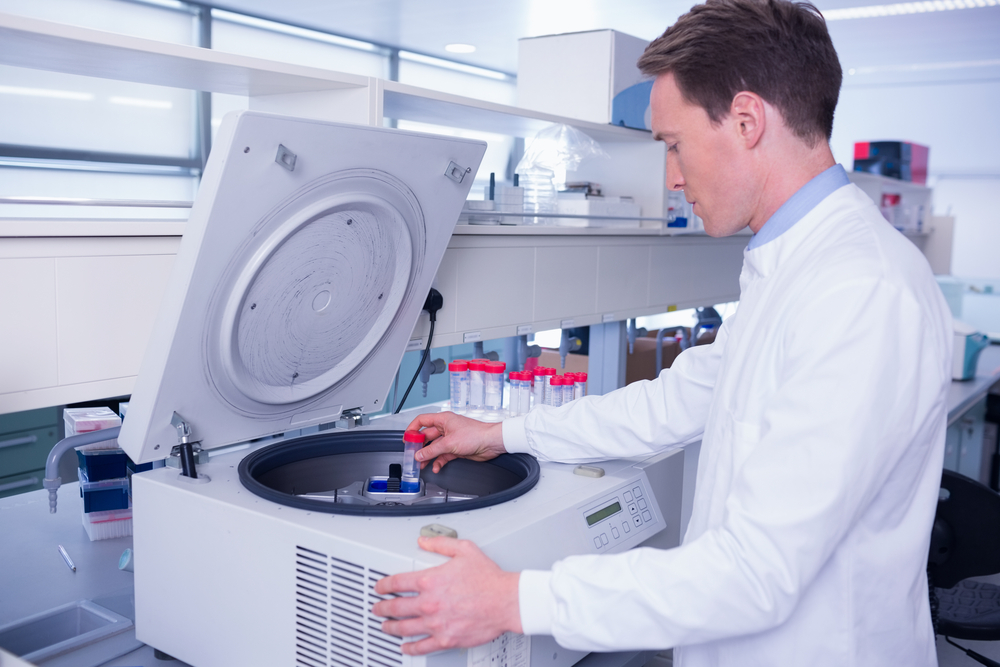Centrifuges are an essential piece of lab equipment. They separate components of a sample based on their size, shape, and density. They are commonly used in medical, research, and industrial settings to isolate cells, proteins, and other biomolecules. To ensure the accuracy and reliability of centrifuge results, it is crucial to have them tested and certified regularly. In this blog post, we will discuss the importance of testing and certifying lab centrifuges and best practices to ensure their proper functioning.
Importance of Testing and Certifying Lab Centrifuges:
- Safety:
Centrifuges operate at high speeds, which can pose a significant risk to lab personnel and equipment if not maintained and serviced regularly. Testing and certifying lab centrifuges ensure that they meet safety standards and do not pose a risk to users. - Accuracy:
The accuracy of lab results heavily relies on the proper functioning of centrifuges. Any malfunctions or deviations from their intended function can affect the accuracy of results. Regular testing and certification ensure that lab centrifuges are functioning as intended and providing accurate results. - Compliance:
Several regulatory bodies, such as the FDA and ISO, require labs to have their equipment tested and certified regularly to comply with their standards. Failure to comply with these regulations can lead to hefty fines, loss of accreditation, and damage to a lab’s reputation.
Best Practices for Testing and Certifying Lab Centrifuges:
SEPS Services, located in New York, has extensive knowledge of centrifuge testing, calibration, and certifying. We know that labs across the Tri-State Area rely on their lab’s centrifuges every day. Our years of experience allows us to carry out the best practices in all our lab equipment repair work. Here is a sample of our standard operating procedure (SOPs):
Frequency of Testing
The frequency of testing and certification depends on the frequency and intensity of use of the centrifuge. A general rule of thumb is to have them serviced at least once a year, but some labs may require more frequent testing.
Calibration
Calibration is a critical aspect of testing and certifying centrifuges. It ensures that the equipment is operating within its specified parameters and producing accurate results. Calibration should be performed by qualified personnel using NIST-traceable equipment.
Visual Inspection
Visual inspection is a preliminary step in testing and certifying lab centrifuges. It involves checking for any physical damage or wear and tear and ensuring that all components are secure and functioning correctly.
Performance Testing
Performance testing involves running the centrifuge through a series of tests to evaluate its performance. It includes testing the maximum speed, acceleration, and deceleration times, checking for any abnormal vibrations, and verifying that the centrifuge is operating within its specified parameters.
Documentation
It is important to know when your lab equipment should be certified. All testing and certification procedures should be documented, including calibration results, performance testing results, and any repairs or adjustments made. These records should be kept up-to-date and easily accessible for compliance and auditing purposes.
Conclusion
Testing and certifying lab centrifuges are critical for maintaining their safety, accuracy, and compliance with regulatory standards. Regular testing and certification can help prevent equipment failure, reduce downtime, and ensure the accuracy and reliability of lab results. By following best practices, labs can ensure that their centrifuges are functioning correctly and providing accurate results. At SEPS Services, we provide lab equipment calibration, testing, certification, and maintenance services to ensure that your lab equipment meets regulatory standards and functions optimally.
